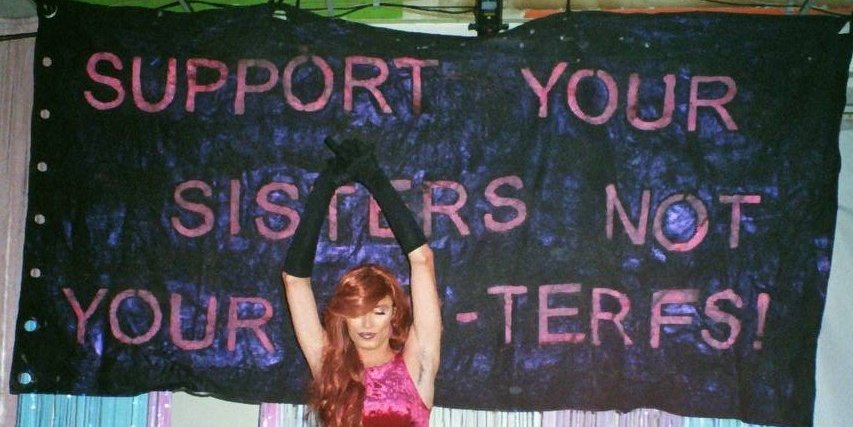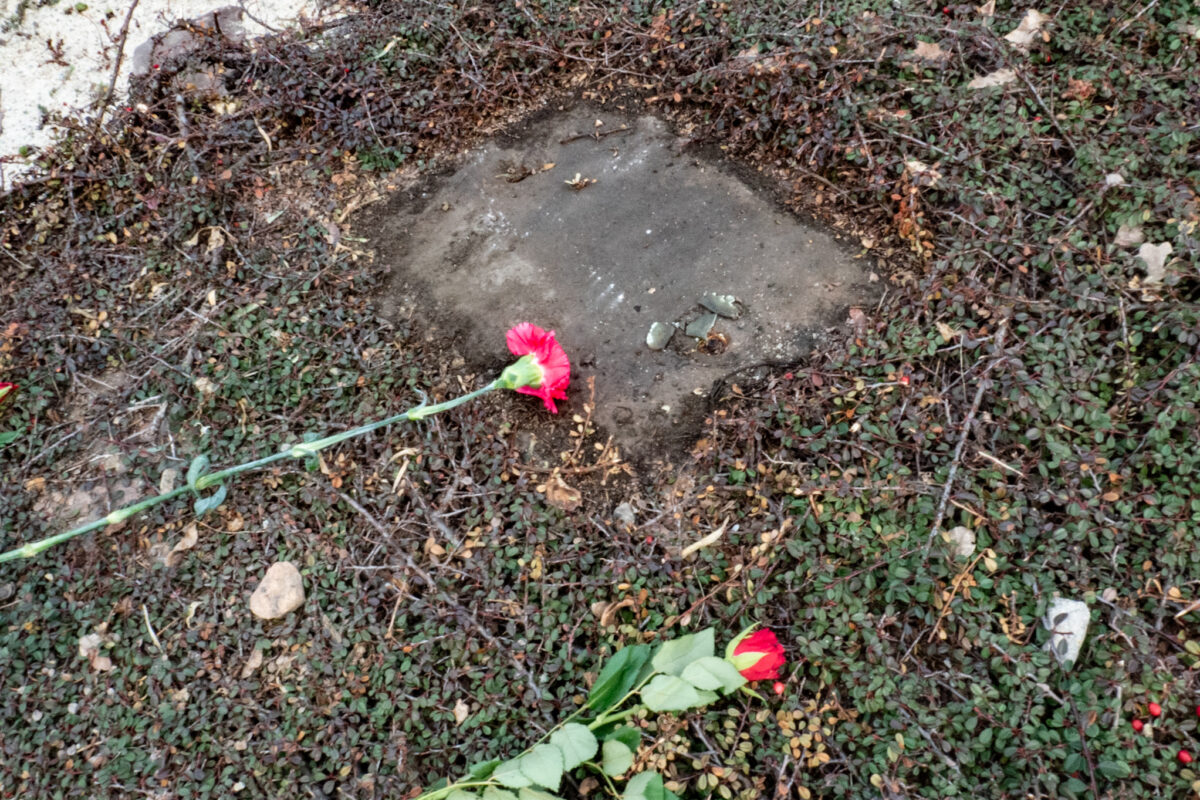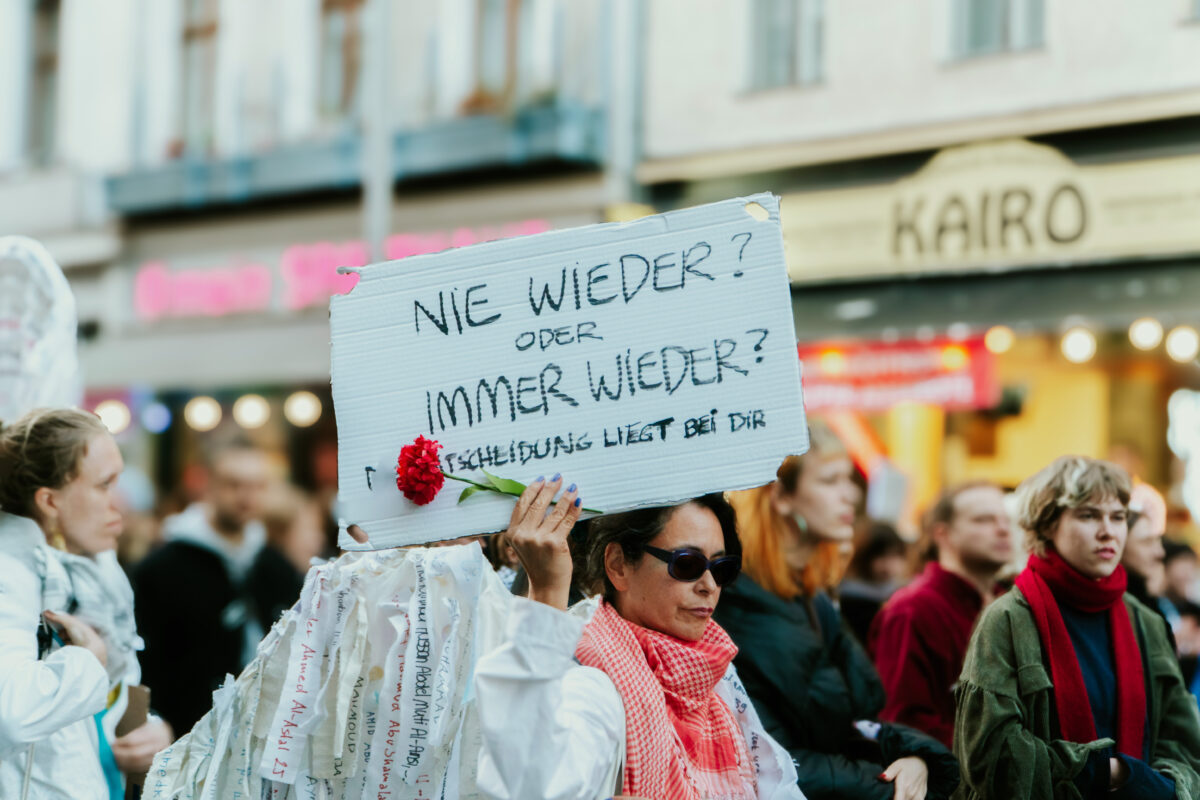Rebellious Daughters of History #28
by Judy Cox

Mexican Revolutionary: Margarita Neri
Margarita Neri, “The Rebel Queen of Morelos”, was the daughter of a Mayan Indian and a former Mexican general who had rebelled against the repressive government of President Diaz around 1900.
The Mexican Revolution began on 20 November, 1910, and raged well into the 1920s. It was an attempt by revolutionaries to overthrow the ruler and dictator Porfirio Diaz Mori and win democracy and reform for the peasants.
The conflict was bloody, with around 900,000 people losing their lives. Despite facing constant inequality and sexism, women were still willing to play a major role in the old regimes eventual downfall.
The most famous of all the soldaderas was Margarita Neri, who not only fought in the war, but also acted as a commander.
From 1910, Margarita commanded a force of over 1,000 which swept through Tabasco and Chiapas, looting, burning and killing.
Neri was so effective in her slaughter of anti-revolutionary troops that the Governor of Guerrero hid in a crate and fled the town upon hearing of her approach.
Her soldiers were a serious threat to the Government.
In 1911, the Los Angeles Times reported on revolutionary battles taking place in Guerrero, a southern state in Mexico. “Petticoat leads band of Rebels,” the headline blared, in a story picked up all across North America. Margarita Neri, “La Neri” or “Pepita” to her 700-plus followers. La Neri ,“although beautiful in feature,” was a daring raider.
Brutal and fiery, the red-headed Neri was known for her passionate dancing—and her threat to personally “decapitate Diaz.”
Her troops were infamous for their violence—looting, burning and pillaging whole towns.
Neri was reportedly eventually executed, but the place and time of her death are unknown. The Mexican Revolution succeeded in transforming Mexican society.

So much more than Malcolm X’s Mum: Louise Little (1897–1989)
Louise Little was born in Grenada, to Edith Langdon. Edith was the daughter of Jupiter and Mary Jane Langdon, who were captured from what is now Nigeria, freed from the slave ship by the Royal Navy and then settled in Grenada.
When she was 11 years old, Edith, was raped by a Scottish man named Edward Norton, and gave birth to Louise.
Louise was raised by her grandparents and was fluent in English, French and Grenadian Creole French. After her grandmother’s death in1917, she emigrated to Montreal, where her uncle introduced her to the ideas of Marcus Garvey and the Universal Negro Improvement Association (UNIA).
Through the UNIA, Louise met Earl Little, and they married on May 10, 1919. The following year they moved to Philadelphia, and then to Omaha, Nebraska. While in Omaha she was of the UNIA’s local chapter. She inculcated black pride in their seven children, and insisted that they read newspapers such as the Negro World, the official periodical of the UNIA.
Louise was pregnant with Malcolm when the Klan visited their house one night. They shouted threats that the Littles should leave town because her husband was “spreading trouble.” After breaking all the windows in the house, they rode off.
In1926, Ku Klux Klan threats drove the family to move to Milwaukee and then to to Lansing, Michigan. There the family was frequently harassed by the Black Legion, a white racist group.
The family home was burned down in 1929. In 1931, Earl died in what was officially ruled a streetcar accident, though Louise believed he had been murdered by the Black Legion.
During the 1930s Louise Little and her son Wilfred were baptized into the Seventh-day Adventist Church. In 1937, a pregnant Louise was abandoned by her lover. In late 1938 she was committed to Kalamazoo State Hospital. The children were separated and sent to foster homes.
Louise was in the Hospital to 1963. Her son Malcolm X joined his siblings in securing her release from the hospital. She lived with her surviving family for another 30 years.
According to historian Erik S. McDuffie, she was “a brilliant and dynamic woman, not some ‘crazy’ or apolitical figure as she is often portrayed in the scholarship about Malcolm X.”



